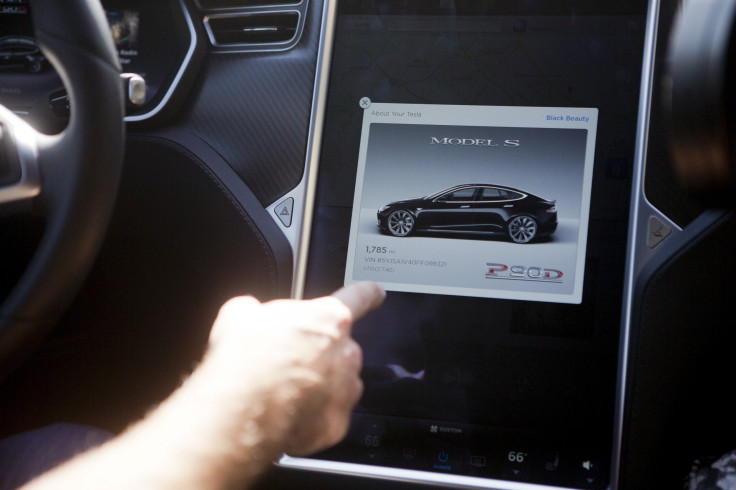Tesla Model 3 Autopilot Feature To Blame For Death Of Driver In Crash

The second fatal crash of a Tesla electric vehicle (EV) while the Tesla Autopilot was switched-on has also laid bare the disadvantages of the company’s reliance on radars as its primary self-driving sensor.
The National Transportation Safety Board (NTSB) reported on Thursday a Tesla Model 3 had its Autopilot active before it smashed into a semi truck, killing the driver. NTSB’s report said the driver, Jeremy Banner, engaged Autopilot 10 seconds before the deadly crash last March.
Its investigation into the accident shows Banner was driving his Model 3 on a divided four-lane highway in Palm Beach County, Florida. As the car approached a driveway, a semi truck pulled-out in front of the car, making a left-hand turn from the driveway to the opposite lanes.
The Tesla was moving at 110km/h (68 mph) and was crumpled under the truck's trailer. The trailer sheared off the top of the car, killing Banner instantly. The mangled Tesla rolled down the road for another 500 meters before coming to a rest.
"Preliminary data show that the Tesla's Autopilot system ... was active at the time of the crash," said the NTSB report. "The driver engaged the Autopilot about 10 seconds before the collision. From less than 8 seconds before the crash to the time of impact, the vehicle did not detect the driver's hands on the steering wheel."
NTSB said preliminary data suggests that neither the driver nor the Autopilot system made evasive maneuvers. Banner is the second Tesla driver to die this exact same way while Autopilot was operational. The other fatal accident also took place in Florida.
In May 2016, Joshua Brown was at the wheel of his Model S on another Florida highway when a semi turned left in front of his EV. Brown had Autopilot engaged, but he apparently didn't notice the truck.
Like Banner’s, Brown's car smashed into the trailer, tearing-off the top of the vehicle and killing Brown instantly. Brown was traveling at at 120km/h.
It’s been revealed Brown's and Banner's cars had completely different driver assistance technologies although both were called Autopilot. The Autopilot in Brown's Model S was based on technology supplied by Mobileye, an Israeli startup since acquired by Intel. Brown's death seems to have led to the two companies parting ways in 2016.
Banner’s Model 3 was equipped with a second-generation Autopilot Tesla developed in-house. Experts noted Tesla's engineers had had more than two years to improve the system and avoid a repeat of the situation that led to Brown's death.
Car safety experts note that adaptive cruise control systems like Autopilot rely mostly on radar to avoid hitting other vehicles on the road. They said radar is good at detecting moving objects because it can detect Doppler shifts.
On the other hand, radar isn’t good at recognizing stationary object. It also has difficulty detecting objects like a vehicle crossing the road not moving in the car's direction of travel. This was the case in the accidents involving Banner and Brown.
Radar systems also lack the angular resolution that can distinguish between a truck crossing a road and a large street sign suspended over the road. As a result, radars tend to simply ignore stationary objects.
This flaw has led to Tesla EVs (and cars from other manufacturers) ramming parked cars and concrete barriers.
© Copyright IBTimes 2024. All rights reserved.





















